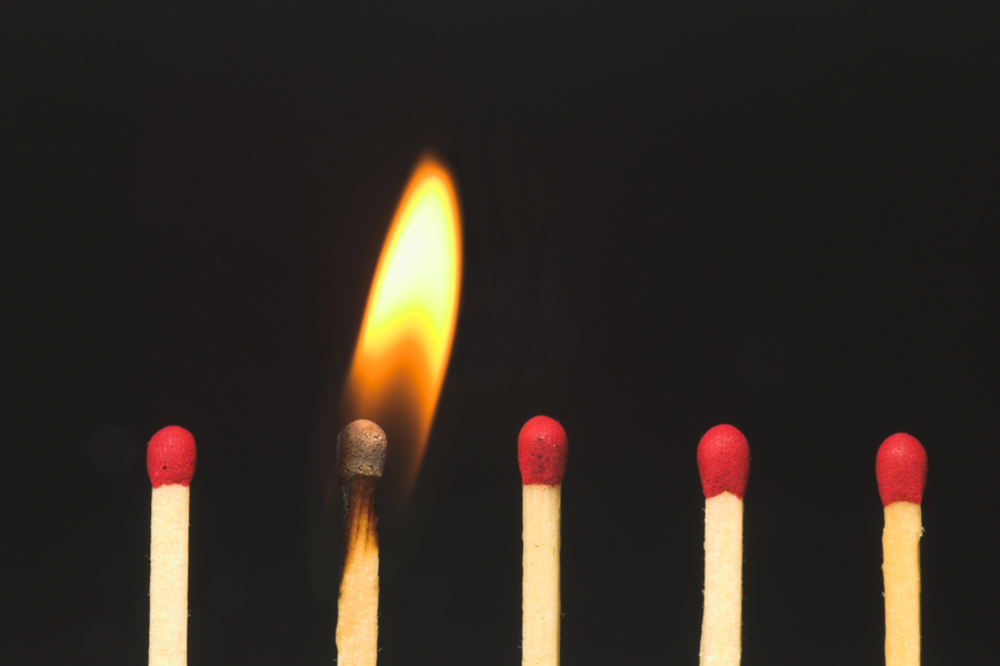We all like to consider ourselves a step or two above the rest: independent thinkers, doers of good deeds, and dancers to the beat of our drums. For a few of us, that’s true. But for the majority? Not so much.
The fact is, much of what we do is driven by covert or overt pressure to be what, do what, and think what others around us do. The crazy thing is we’re not even aware of this pressure.
According to Gerald Zaltman, professor emeritus of business administration for the Harvard Business School and neuromarketing pioneer, 90% of what we do is driven by our unconscious mind—the same mind that governs our quest for survival, desire to belong, drive to represent the norm, and need to have our choices confirmed by authorities. That unconscious mind gives into peer pressure a lot. But it’s not all bad. In fact, it’s powerful knowledge that brands can leverage for good.
The positive power of peer pressure
Consider the results from various studies on peer pressure from University of Arizona Psychology Professor Robert Cialdini. In one experiment, he found that the number of hotel guests reusing their towels increased when they were told others were doing the same thing. In another study, the amount of electricity used by homeowners in California went down by telling them their usage was higher than their neighbors. Are these examples of caving in to peer pressure? Absolutely. Odds are that the people who changed their consumption of towels and electricity weren’t thinking about doing so before learning their neighbors’ consumption levels. It’s all part of that lemming effect to follow the leaders.
Levering peer pressure for social movements
This kind of unconscious peer pressure not only changes individual behavior, it also sparks social moments. Consider Rosa Parks, for instance. In his book The Power of Habit, author Charles Duhigg discusses why Parks became the face of the civil rights moments when she wasn’t the first black person arrested for refusing to give up her bus seat to a white man. Parks emerged as the catalyst for change because of what I call covert peer pressure—peer pressure one doesn’t know is influencing their behavior.
Rosa Parks’ many circles of friends led her to become the catalyst for the Montgomery bus boycott—a protest that enlisted the support of thousands and sparked a social movement well beyond Parks’ personal reach. Her immediate friends from social, religious, and civic circles reached out to their networks of friends, and so on, building many layers of support for a bus boycott in response to Rosa’s arrest. People who had never met Parks were calling friends and encouraging them to contact their friends, unwittingly furthering the psychology of peer pressure: help me help my friend.
Creating a movement for your brand
The lesson for marketers is brilliant. Focusing on customer lifetime value is no longer enough. To sustain a competitive advantage, marketers need to create social movements of their own—ones that inspire customers to recruit their primary, secondary, tertiary, and higher circles of friends in support of the cause. The cause can be linked to promoting products or offering limited-time value that’s clearly in the interest of the consumer. Or, marketers can promote social causes that their brands support. Facebook, Instagram, Twitter, and other social networks enable marketers to draw this support in minutes, not months.
Take the ALS Ice Bucket Challenge, for instance. The challenge represented one of the best social movements of our time. Each participant nominated their friends, usually via social networks such as Facebook, to dump a bucket of ice water over their head and donate money to the ALS Association. If the challenge was accepted, the new participant would post a video of himself taking the challenge and then nominating more people; thus creating a ripple effect. The peer pressure was on. People were being publicly asked to help a cause, and each person’s network waited to see if he was as good of a person as the friend who nominated him. With hundreds to thousands of Facebook friends looking on daily, this was quite a bit of social scrutiny.
It worked. The ALS Ice Bucket challenge raised more than $111.6 million (as of August 19) in two weeks, making it the most successful fundraiser in history. There was no overhead, auction items to collect, sponsors to secure, or event costs. Just good old-fashioned peer pressure.
Nearly 90% of American consumers say they’re likely to purchase products from brands that do good in the world. So, social movements are important components to include in marketing programs this year.
Lesson learned: Align your brand with something worthwhile, and put the pressure on!
| Jeanette McMurtry, principal of e4marketing, is an authority on psychology-based marketing, speaking at business events worldwide. She is a Back by Popular Demand trainer, speaker, and course instructor for the DMA. |







